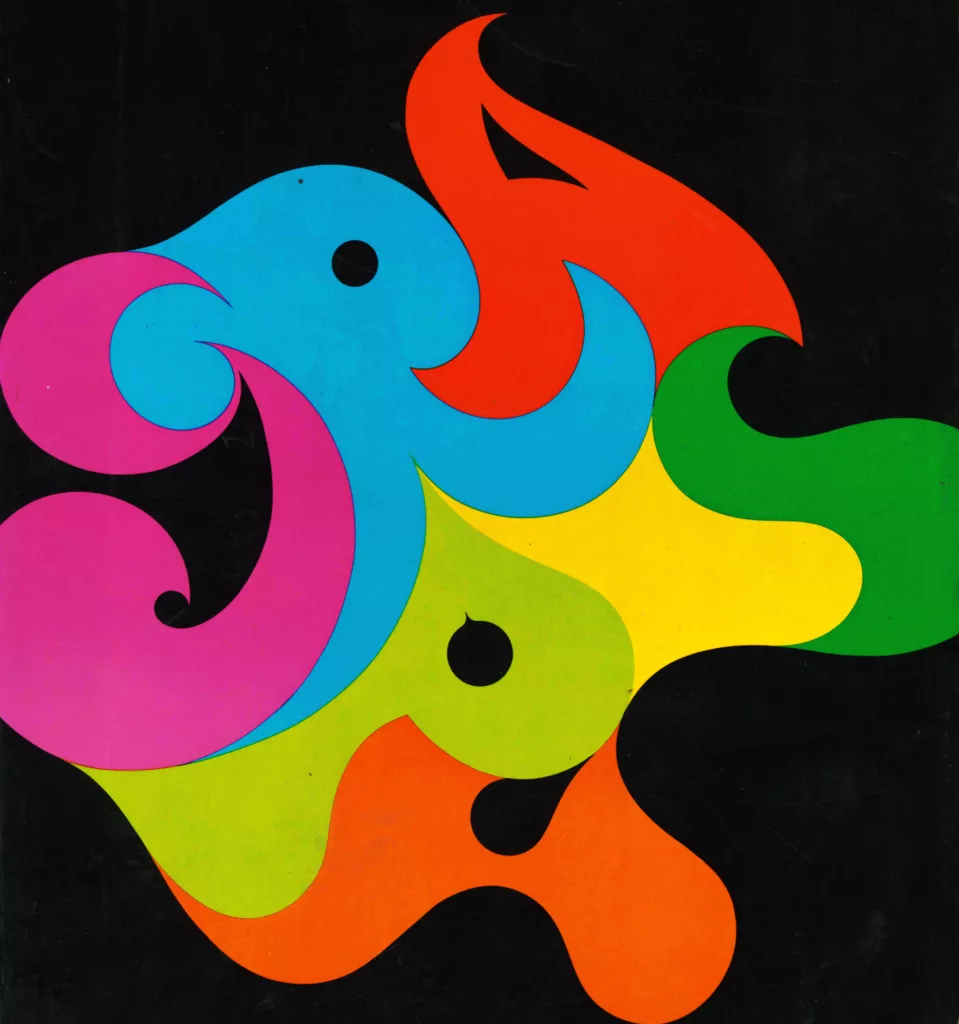
Share:
Article from Graphis 148, 1970.
Fritz Gottschalk was born in Zurich in 1937, where he served an apprenticeship as a typographer before going on to work in Paris and London. He then took a course in design and photography at the School of Applied Art in Basle and in 1964 went to Canada to join Paul Arthur & Associates, Ottawa. In 1965 he opened his own design studio and in the following year founded Gottschalk+Ash Ltd. with Stuart Ash. He has won numerous awards in Canada and the U.S.A.
Stuart Ash was born in Hamilton, Ontario, in 1942. He studied graphic design at the Western Technical School and Ontario College of Art. After working for the typographers Cooper & Beatty Ltd. of Toronto, he joined Paul Arthur & Associates in Ottawa, where he met Fritz Gottschalk in 1965. This led to the foundation of their partnership in 1966. Stuart Ash has also won numbers of North American design awards and was the designer of the Canadian Centennial Symbol in 1969.

Rightly or wrongly -and many would agree with the legitimacy of the clam-Montreal considers itself a bridge between the traditions of Europe and the dynamism of America. The French heritage of Canada’s metropolis, coupled with the influence of other European cultures, has produced a city unlike any other in America.
When Fritz Gottschalk and Stuart Ash joined forces in Montreal, it was a partnership ideally suited to the city’s hybrid environment. Gottschalk’s training in graphic design in Switzerland, Paris and London was rigid, his background European; Ash, Canadian born and educated, was trained in the North American fashion, though he was influenced by his work with European designers. Today, their combined experience has blended to express a new dimension, cut according to the imperatives of the freewheeling. Now ambiance of America but rooted in the European achievement.

It was only seven years ago that Gottschalk arrived in Montreal, but these have been phenomenal years-the hectic pre-Expo 67 period, the six-month run of Expo itself when the world suddenly took notice of Canada’s aesthetic status. Now, a new period akin to the pre-Expo days emerges as Montreal prepares to host the 1976 Olympic Games.
Numerous searching minds played: role in Expo, and Gottschalk and Ash were among these. But their achievement in Gottschalk + Ash Ltd. reaches far beyond Expo, covering a broad spectrum of clients ranging from banks to museums, pharmaceutical firms to fashion designers and mass transportation systems-some of them what the two call ‘former graphic virgins’. In fact, it even reaches out to the United States and Europe.
Though their work is often linked to the “Swiss school’, Gottschalk, Ash and other members of their group the average age is 26 emphasise the original and the experimental without, however, losing sight of the basic objective. Ash, ironically, is perhaps more ‘Swiss’ in his approach than Gottschalk.

For Gottschalk and Ash, detail is all-important, whether it be in the original concept, in its application or in the final production. They are totally unwilling to compromise graphic design convictions. It is the client who, through good salesmanship, is brought around to a new understanding of graphic art, an appreciation of the fact that poor design pollutes the environment, just as much as industrial waste. It has been their pleasant experience that other people in associated fields -writing, photography, public relations- also strive for the highest quality in their work. The increasing move towards this ideal has meant that Gottschalk and Ash have had to expand their studio, but the same philosophy, the same personal commitment, as well as the proper professional training, were prime requisites when additional staff was hired.
There is no denying that Montreal in particular and Canada in general are becoming more visually oriented. And since so many graphic forces are at work in Canada, the best of them of European origin, there is no set pattern, but rather an opportunity to try the untried. The lessons Gottschalk and Ash have learned in Montreal will now benefit Toronto, where they are opening a second studio. In the final analysis, they both look beyond the horizons of Montreal, of Canada, even of America. Their perspective is world-wide, just as their concept of design embraces all areas of communication.
A branch of the Canadian Government wants a symbol; the National Gallery of Canada needs a catalogue; a fledgling weaver seeks a label for her fabrics; The Montreal Museum of Fine Arts decides to redefine its graphic image; all these and many more, from window-cleaner to banker, come knocking at the door of Gottschalk + Ash. Their work, in a variety of forms, dots business and cultural endeavours alike, winning them numerous awards, here and abroad, in the process. The latest recognition, and not an insignificant one, was an exhibition at the Montreal Museum-timed for viewing by the International Art Critics Association-showing how Gottschalk and Ash have brought graphic fresh air into the century- plus institution.

